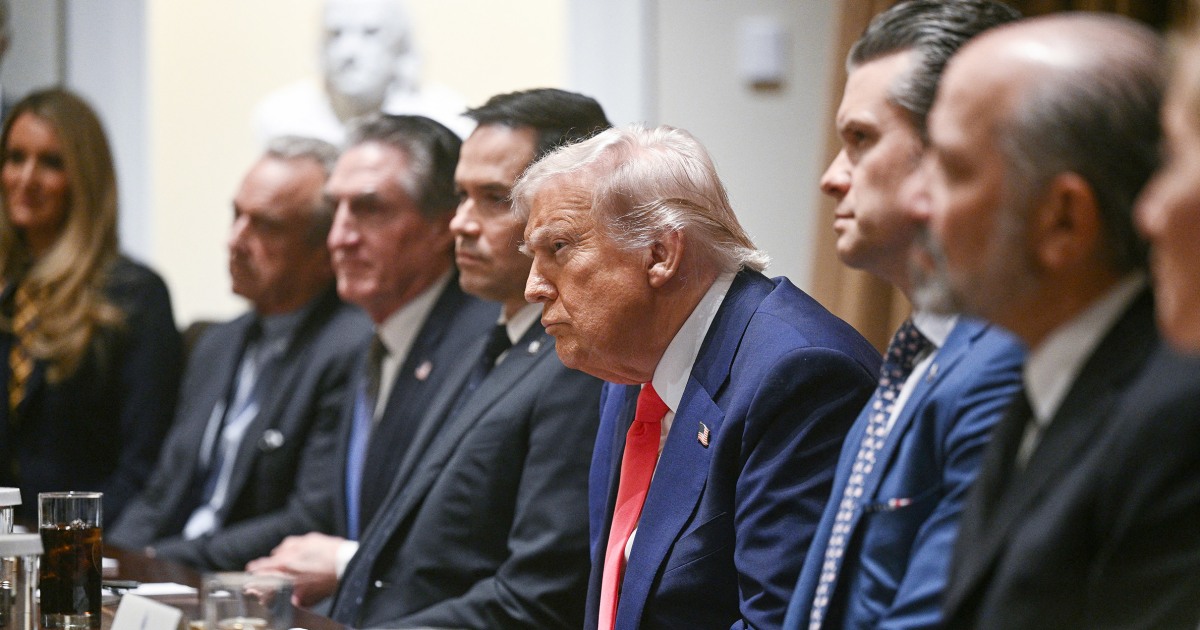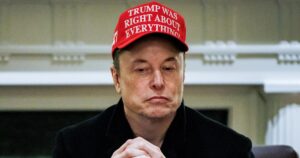Key takeaways:
- President Trump addressed intensified trade tensions with China, increasing tariffs on Chinese goods to 145%, causing market fluctuations, but deferred stock market monitoring to the Treasury Secretary.
- The administration aims to resolve tariff issues with various countries within 90 days, seeking to stabilize the economic landscape through negotiations and trade policy certainty.
- Treasury Secretary Scott Bessent explained market fluctuations as part of economic dynamics, while critics express concerns about potential inflation and economic uncertainty due to the tariff policy.
President Donald Trump, during a meeting with his Cabinet secretaries, addressed the ongoing trade tensions with China, which have recently intensified. The Trump administration has increased tariffs on Chinese goods to 145%, a move that has contributed to significant market fluctuations. Despite the market’s volatility, President Trump stated that he was not closely monitoring the stock market’s performance at that moment, deferring to his Treasury Secretary for further insights.
The President expressed confidence that the United States would reach a favorable resolution on tariffs with various countries within the next 90 days. He suggested that these negotiations would bring about a sense of certainty regarding trade policies. The administration’s strategy involves engaging with countries willing to present their best offers, aiming to stabilize the economic landscape amid the ongoing trade disputes.
Treasury Secretary Scott Bessent, present at the meeting, provided additional context on the market’s movements. He remarked that fluctuations, such as “up two, down one” or “up 10, down five,” are not necessarily negative, implying that such variations are part of the broader economic dynamics. The administration appears to be maintaining a long-term perspective on the trade negotiations and their potential impact on the economy.
The recent tariff increase and its implications have sparked discussions about the potential for increased inflation and economic uncertainty. Critics have expressed concerns about the administration’s approach, suggesting that the policy may need to be sustained over an extended period to achieve its intended outcomes. As the situation develops, the administration’s handling of trade relations continues to be a focal point of both domestic and international scrutiny.



Be First to Comment